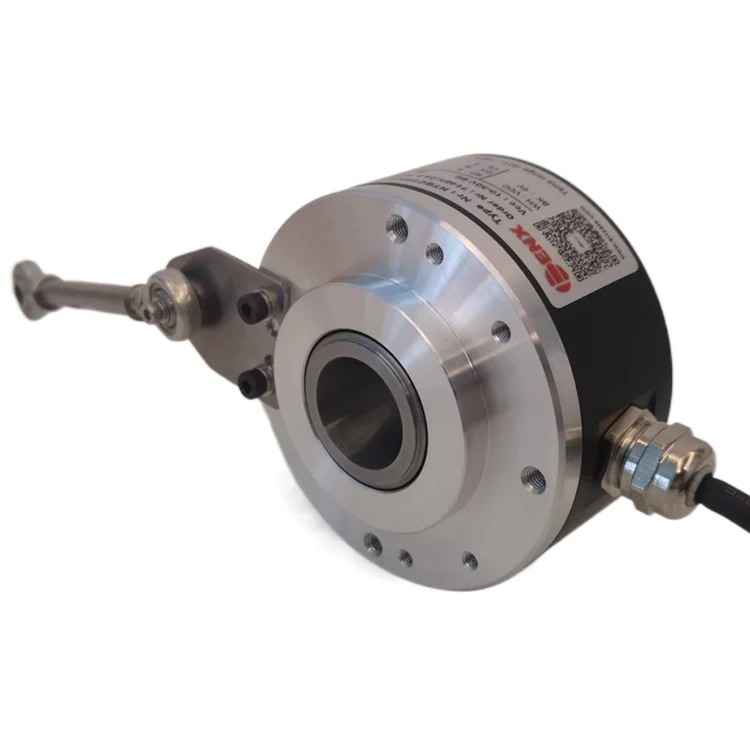The Essential Guide to Oil Mix for Leaf Blowers: Maximizing Performance and Longevity
When it comes to maintaining your leaf blower, one of the most critical aspects is understanding the correct oil mix. This seemingly simple task can significantly impact the performance, efficiency, and lifespan of your equipment. In this comprehensive guide, we will delve into the intricacies of oil mixing for leaf blowers, providing you with the knowledge needed to ensure optimal operation.
Understanding the Basics: Two-Stroke vs. Four-Stroke Engines
Before we dive into the specifics of oil mixing, it’s essential to understand the type of engine your leaf blower uses. Most handheld leaf blowers are equipped with two-stroke engines, which require a specific oil mix to function correctly. In contrast, four-stroke engines use separate oil and fuel systems, eliminating the need for mixing.
Two-Stroke Engines
Two-stroke engines are popular in leaf blowers due to their lightweight design and high power-to-weight ratio. However, they require a mixture of gasoline and oil to lubricate the engine components. The oil is burned along with the fuel, which means that the correct oil-to-fuel ratio is crucial for performance and longevity.
The Correct Oil Mix Ratio
The oil mix ratio for a leaf blower typically ranges from 40:1 to 50:1, depending on the manufacturer’s specifications. This means that for every 40 or 50 parts of gasoline, you should add one part of two-stroke oil. It’s vital to consult your owner’s manual for the exact ratio recommended by the manufacturer, as using the wrong mix can lead to engine damage or reduced performance.
Common Ratios Explained
- 40:1 Ratio: This is a common mix for many leaf blowers. To create this mixture, you would use 3.2 ounces of oil for every gallon of gasoline.
- 50:1 Ratio: This is often recommended for newer models, requiring 2.6 ounces of oil per gallon of gasoline. This leaner mix can help reduce emissions and improve fuel efficiency.
Choosing the Right Oil
Not all oils are created equal. When selecting oil for your leaf blower, it’s crucial to choose a high-quality two-stroke oil that meets the specifications outlined in your owner’s manual. Look for oils that are labeled as “JASO FC” or “ISO EGD,” as these standards indicate that the oil has been tested for performance and emissions.
Synthetic vs. Conventional Oil
You may also encounter synthetic and conventional two-stroke oils. Synthetic oils tend to offer better lubrication, improved engine cleanliness, and reduced smoke emissions. While they may be more expensive, the long-term benefits often outweigh the initial cost. Conventional oils, while effective, may not provide the same level of protection and efficiency.
Mixing Fuel and Oil: Best Practices
Proper mixing of fuel and oil is essential to ensure that your leaf blower operates smoothly. Here are some best practices to follow:
- Use a Clean Container: Always mix your fuel and oil in a clean, approved container to avoid contamination.
- Measure Accurately: Use a measuring cup or a dedicated oil mixing bottle to ensure you’re adding the correct amount of oil to the gasoline.
- Mix Thoroughly: After adding the oil to the gasoline, seal the container and shake it vigorously to ensure a uniform mixture.
- Avoid Pre-Mixing Large Quantities: It’s best to mix only what you need for a few weeks, as the fuel can degrade over time, especially if it contains ethanol.
Storing Your Oil Mix
If you have leftover oil mix, store it in a cool, dry place away from direct sunlight. Ensure the container is tightly sealed to prevent evaporation and contamination. Be mindful that mixed fuel has a shelf life of about 30 days, after which it may start to lose its effectiveness.
Conclusion: The Key to Leaf Blower Longevity
Understanding the correct oil mix for your leaf blower is crucial for maintaining its performance and extending its lifespan. By adhering to the manufacturer’s specifications, choosing high-quality oil, and following best practices for mixing and storage, you can ensure that your leaf blower operates at peak efficiency. Regular maintenance, including checking the oil mix, will not only enhance performance but also save you money in the long run by preventing costly repairs.

Average Rating